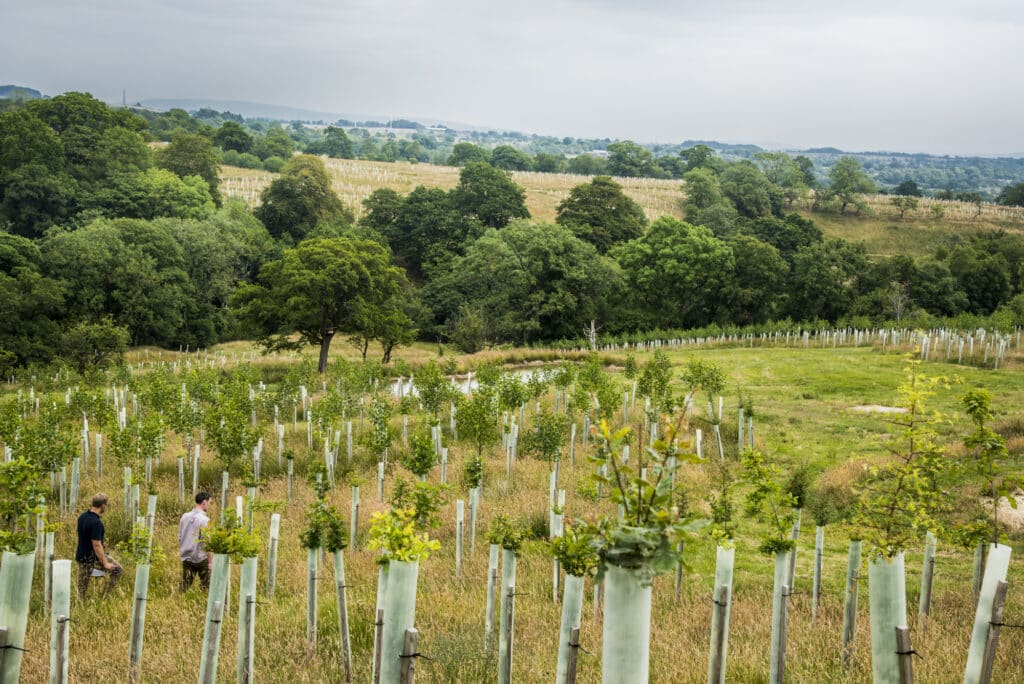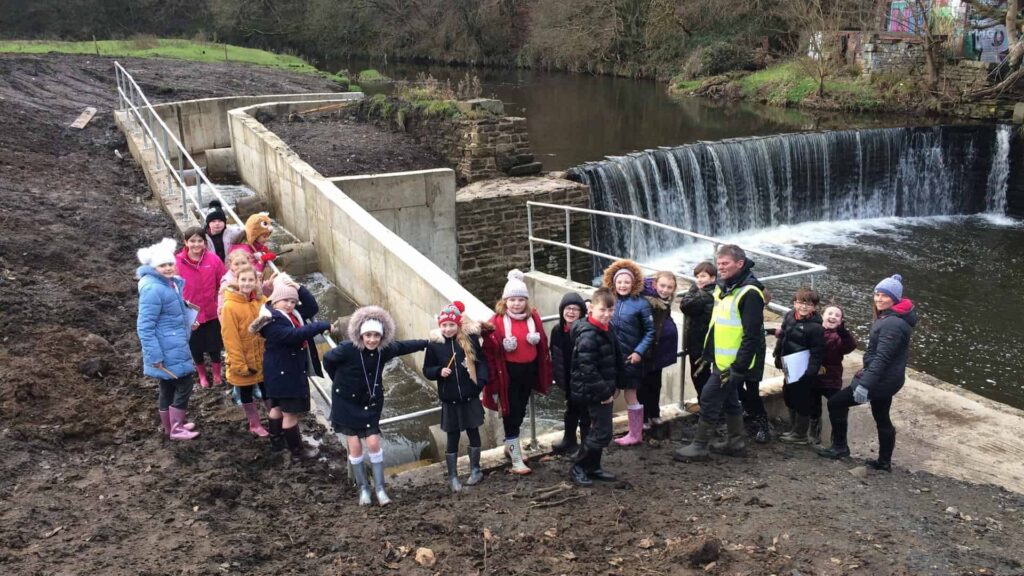
Ribble Life Together
Ribble Life Together was an ambitious, flagship project of the Ribble Catchment Partnership, which is made up of environmental organisations, businesses, local authorities and interest groups, all with a vested interest in improving the catchment’s water environment for the benefit of people and wildlife.
After a two-year development phase, in 2017 Ribble Life Together was awarded £1.6 million from the Heritage Lottery Fund. This enabled its delivery until 2020, together with a further £1.6 million of match funding from partners and external sources. Then delivery phase of the programme ran from April 2017 until March 2023.
Our vision was that, working collaboratively, we’ll deliver a substantially healthier Ribble river system for the benefit of people and wildlife. We’ll celebrate the heritage of the river, improve access and use the river to inspire and educate. Moreover, through practical environmental action, based on science, we’ll leave a positive legacy for future generations.
According to the Environment Agency, only 21% of the Ribble Catchment’s rivers currently achieve a good ecological standard. Meanwhile, the remainder suffer from urban and industrial pollution, agricultural impacts, fragmented habitat and mistreatment by the general public; predominantly littering. Floods and droughts associated with climate change and rising temperatures have exacerbated the problem in recent years, putting significant stress on river habitats and endangering certain species. Ribble life Together sought to address these problems, and many more.
Our achievements

Ribble Life Together capital works

Capital works are projects that create physical improvements to our rivers and landscapes. Our main focus was woodlands, wetlands and fish passage.
The physical improvement projects and activities being delivered as part of the Ribble Life Together spanned the entire Ribble Catchment. Including the source of the Ribble in the Yorkshire Dales, down to the estuary at Lytham, and everything between.
In total there are 30 new woodlands across the catchment, all of which were designed with different priorities in mind. However, all these woodlands are improving water quality and helping to capture carbon.
The project also saw 15 new wetlands created. These ranged in size and style, but included pet restoration, wildlife ponds, temporary wetlands that fill and rain seasonally.
Of course, we also worked to help our fish friends. 14 new fish passes were created to aid the natural migration of fish.
All of these projects were achieved in priority areas to help reduce pollution, increase biodiversity, provide natural flood risk management and reduce climate change impacts, creating a lasting legacy for the catchment and the communities that live and work here.
Ribble Life Together activities
At the heart of the project was a determination to establish a better relationship between communities and their rivers. Specifically, the key to this is developing people’s understanding and appreciation of river environments.
People were invited to get involved in the project in a variety of ways. Particularly attending volunteer events and conservation training workshops, but also to geocaching competitions, guided river walks, augmented reality videos and oral history.
Schools were offered educational visits that will help children learn about the importance of healthy rivers and the wildlife that lives within them. So, we can encourage them to get into the habit of caring for the environment from an early age.



